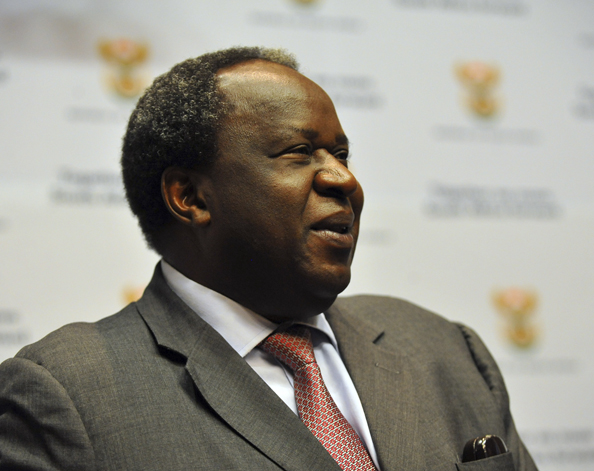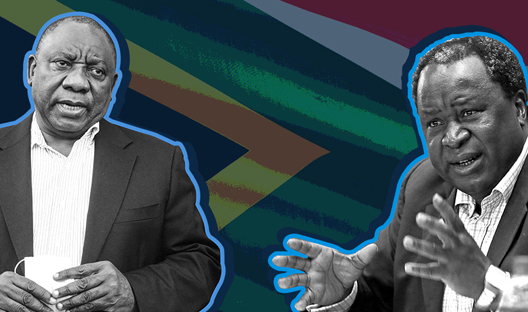Get Focus insights straight to your inbox
The effect of the Covid-19 pandemic and the government’s response on the macro economy, has necessitated a reset of the fiscal framework. Government has had to readjust its targets for the current fiscal year in the light of the significant deterioration in fiscal metrics, as “a fiscal reckoning looms”. It has also had to formulate an active response to getting its finances back on track.
This active response involves revisiting the 2021 medium-term expenditure framework (MTEF), starting in July. This will consist of measures to stabilise the rising debt trajectory and narrow the budget deficit.
As such, the October 2020 Medium Term Budget Policy (MTBPS) will (again) come into sharp focus in the assessment of the government’s commitment to push through what are likely to be politically difficult decisions. These pertain to reforms to (and support for) state-owned enterprises (SOEs) and the public sector wage bill.

The starting point will be to implement zero-based budgeting for all departments, with the goal of reducing spending, combined with adjustments to revenues, a total saving of R250bn. Tax increases are limited to R5bn, R10bn and R15bn in each year over the MTEF.
Six key points
Macro-economic forecast for 2020 in line with consensus: National Treasury forecasts GDP growth to contract by -7.2% in 2020 and to recover by 2.6% in 2021. CPI inflation has been revised down by one percentage point to 3.0% and 3.9% respectively, which will contribute to a moderation in the increase in the public sector wage bill.
Larger than expected shortfall in main revenue receipts: The expected shortfall in tax revenues was R304.1bn (including tax relief measures of R26bn), was well above our estimate of R259.0bn. In April and May alone, domestic value-added tax and pay-as-you-earn already lagged the target by about R35bn. Main tax revenues are expected to decline to 22.6% of GDP, compared to the initial forecast of 25.8%.
Return of spending discipline: Expenditure could rise to 37.2% of GDP, compared to the February forecast of 32.5%. The Covid-19 related support measures have been lowered from R190bn to R145bn, leading to a net increase in spending of R36bn. This was achieved by substantial reductions to baseline allocations of R100.9bn and other adjustments of R8.1bn. Spending was adjusted by removing funds that had been underspent due to delays caused by the lockdown; projects that could be delayed and rescheduled; or those with a poor performance history.
The Land Bank was the only SOE that received additional support, with a liquidity injection of R3.0bn. We expect to see more direction in the October MTBPS, following the appointment of a presidential SOE council on 11 June 2020.
Public sector wage bill: The implementation of a zero percent salary increase in F20/21 has shaved R37bn from the F20/21 public compensation bill, with the supplementary budget adding a further R0.7bn to base line.
Accelerating debt servicing costs: Interest payments will continue to accelerate and absorb a larger share of revenues, rising to an estimated 4.9% of GDP in F20/21 compared to the previous forecast of 4.2%. The focus of the funding strategy will be on containing the increase in interest payments through the issuance of Treasury bill and bonds with a maturities of between 7 to 10 years.
Main budget deficit to widen to 14.6% of GDP: The consolidated budget deficit is forecast to widen to 15.7% of GDP, from 6.8% of GDP due to rundown of R40bn in cash balances to provide wage support through the various UIF assistance programmes. The main budget deficit is expected to increase to 14.6% of GDP from 6.8%, and is above ICIB’s forecast of 13.6%.

But debt is our weakness. We have accumulated far too much debt; this downturn will add more. This year, out of every rand that we pay in tax, 21 cents goes to paying the interest on our past debts.

Get all Investec's insights on the latest Budget Speech and SONA
Our economists, tax experts, personal finance and investment experts unpack what the latest fiscal measures mean for income, savings and daily expenses of individuals and businesses.
Government debt
The size of the main borrowing requirement is forecast to nearly double to R776.9bn from February’s forecast of R368bn. The focus of the funding strategy is on containing the effect of the large borrowing requirement on interest payments and debt stock. This can be achieved by issuing mostly shorter dated instruments, since the front end of the yield curve has declined sharply since March 2020. The funding mix will consist of the following:
A drawdown of the sterilisation deposits at the Reserve Bank. However, the amount and timing will depend on cash flow requirements and could be stretched over F20/21 and F21/22.
Net Treasury bill issuance will increase by R98.0bn, to R146.0bn. We expect the size of the current weekly auctions to be unchanged as the funding pace is aimed at the new target.
The gross amount of bonds to be issued has been raised from R337.7bn to R462.5bn. This could see the size of the weekly nominal and inflation-linked bond auctions raised by approximately R1.3bn in the coming weeks. As noted above, the weighted average time-to-maturity of funding bonds will remain between seven and 10 years, compared to 15 years in the previous fiscal year. The average maturity of funding bonds in April and May was 9.4 years. Switch auctions will continue to reduce refinancing risk.
Debt trajectory under a passive or active strategy
Government debt is forecast to rise to 81.8% of GDP in F20/21 compared to the initial forecast of 65.6%. The active strategy factors in a primary deficit of 2.3% of GDP by F22/23 from 9.7% in the current fiscal year.
This is important for stabilising the debt trajectory at around 86% of GDP by F22/23 (peaking at 87.% of GDP in F23/24). The acceleration in the net loan debt ratio from 58.4% in F19/20 to 83.9% can be ascribed to a drawn down in cash deposits of R150bn. The inability to curb spending and revive GDP growth paves the way for the debt to GPD ratio to reach 140.7% by F28/29.
On the horizon
The Infrastructure Symposium is set to announce the gazetting of 55 projects next week. This will provide guidance to the sectors, type and timing of projects.




